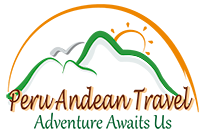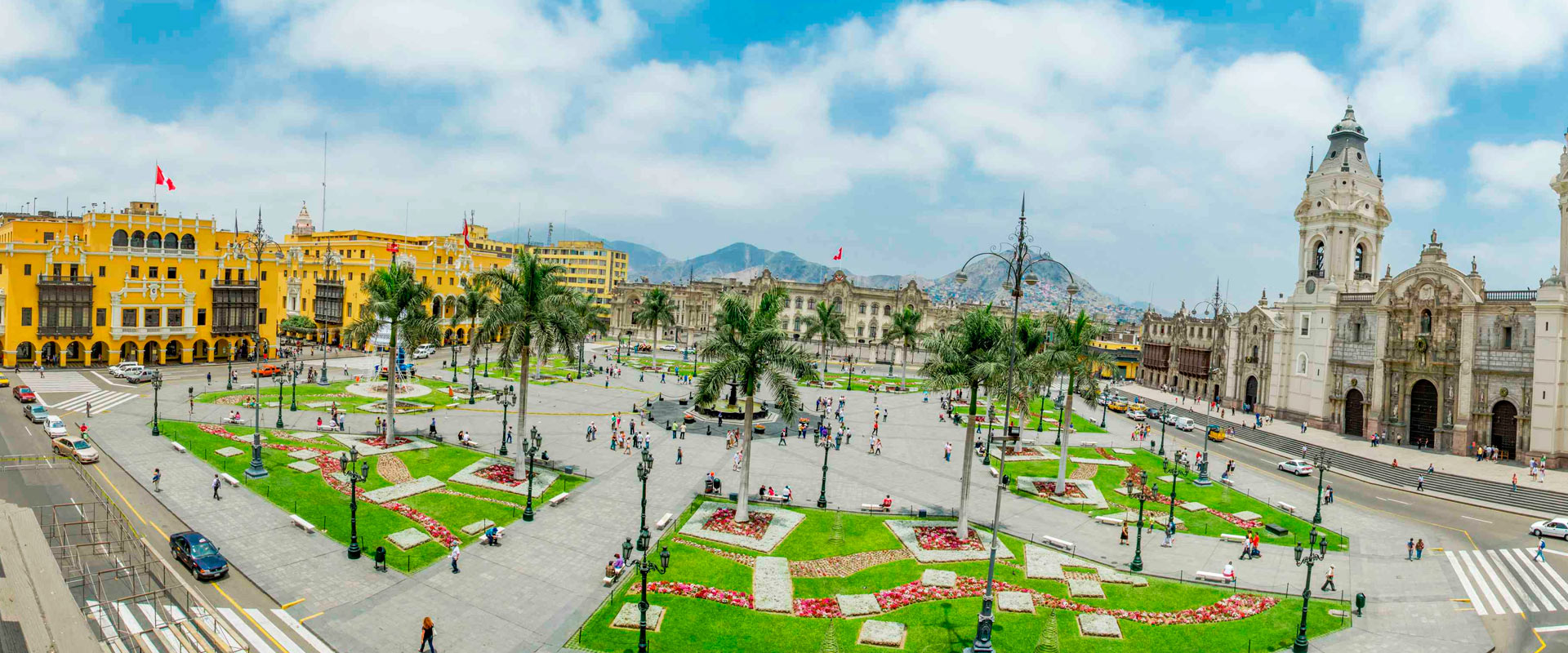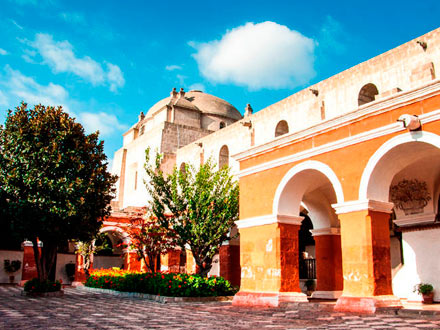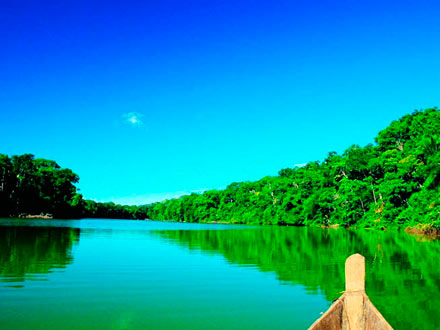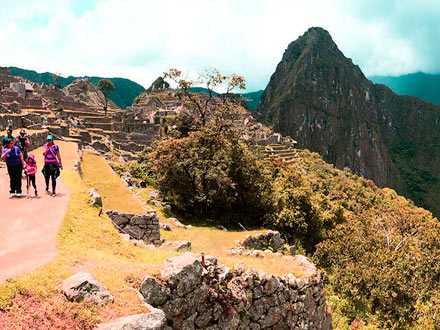Peru Tourist Information, Peru is a biologically diverse country full of tradition, history, culture. Peru is a magical country and marvellous.
It amazes us every day with new discoveries that make us feel more proud of all the natural wealth we have. Visiting Peru is to know a bit of each country, because here are united all races.
Peru invites you to know of its history, here you can do all types of tourism: Cultural, Adventure, Ecotourism, Experiential, Mysticism, etc. Peru has three natural regions such as Costa, Sierra and Selva.
In Peru is one of the wonders of the world and pride of all Peruvians, and especially of the cusquenian people Machu Picchu,is a sanctuary full of magic, mystery and Music of Peru.
And do not forget to enjoy the Pisco Sour, Ceviche and folk music accompanied by a guitar and drawer.
Choose to spend your holiday Peru, is a country that has it all with friendly people who will welcome you with open arms.
GEOGRAPHY
Peru is located in the central-western portion of South America, occupying a total area of 1,285,215 sq. km. and 200 miles of territorial sea. It is divided into 3 distinct regions:
The Coast (La Costa), a narrow desert strip that, at its widest point, is 180 km. wide. Here we find destinations such as the Nazca Lines and Paracas.
The sierra (La Sierra), with the Andes Mountains crisscrossing the territory and making a geography as diverse as the plains surrounding Lake Titicaca and the heights of Machu Picchu.
Each region has cultural and natural attractions, one of the most important are the Cusco Tourist Attractions.
The jungle (La Selva), dominated by the exuberance of the Amazon.
POPULATION
Population of Peru is estimated at some 35.00 million inhabitants, making it the 4th most populous country of South America. 75% of the population lives in urban areas and 25%, in rural areas. Peru has a mixture of races as a result of the different immigrant groups that have arrived to the country throughout its history.
The most important religion is Catholicism, which coexists in harmony with other religions that are accepted within the freedom of religion that is established in the Constitution.
ECONOMY
The economy of Peru, is better than previous years this thanks to exports of agriculture, medicinal plants, etc, also thanks to the mining and tourism to generate jobs and significant revenue for the country.
HISTORY
History of Peru covers a continuous basis over 14 millennia of continuous human occupation.
Chavín was succeeded by the first militarized states of the Moche and Nazca north to south, emerged alongside the rise of Tiahuanaco on the Altiplano, Puno Peru. By 600, arises in the Ayacucho region Huari culture, rooted in the development of terraces for growing maize, which showed a remarkable urban development and Nazca and Tiahuanaco influence. Huari gradually expanded across the Andes north to Cajamarca.
In 1438, the Inca Culture began its expansion to dominate, to the sixteenth century, the largest territory in the Western Hemisphere. In 1532, pass the Conquest of Peru, led by Francisco Pizarro, with support from some dissidents of the Inca people, succeeded by the civil wars between the conquistadores to the final establishment of the Viceroyalty of Peru in 1572.
The Spanish arrival was preceded by diseases that decimated the population. The colonial era meant the introduction of the Catholic Church and an intense mixture between Spanish, Indians and blacks as slaves taken from Africa. During the seventeenth century, mining dominated the mercantile economy of the viceroyalty, especially around Potosi.
The aggressive implementation of reforms in the eighteenth century Bourbon suecesivas encouraged rebellions that led to the violent rebellion of Tupac Amaru II. The French invasion of Spain promotes libertarian ideas in Peru, which declared its independence in 1821 and strengthened in 1824 with the support of liberation movements in the south and north.
Traditionally, Peruvian history is divided into pre-Columbian times, Colonial (from the Conquest) and Republican (after independence).
